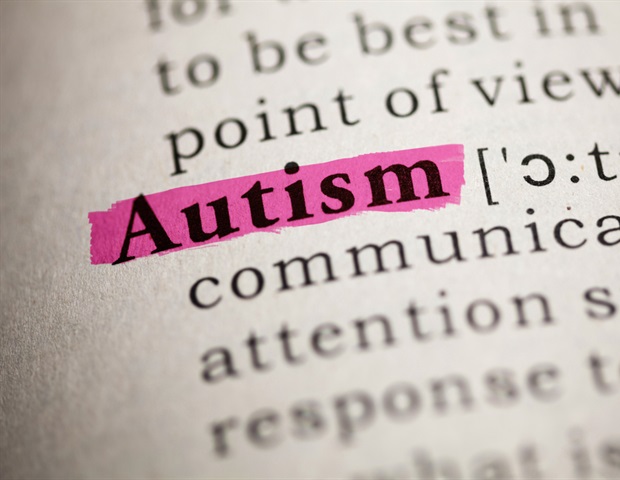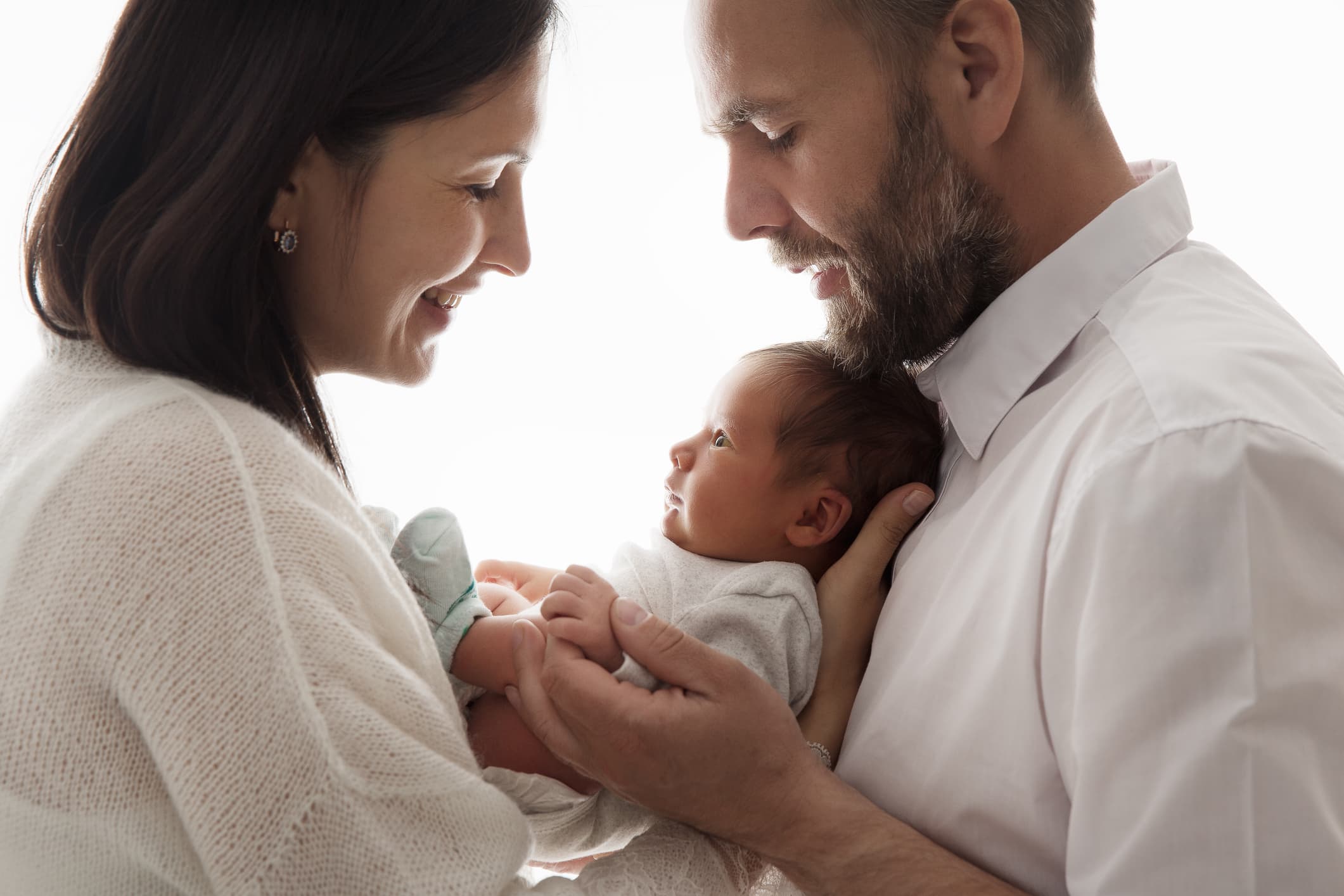
Children with autism often struggle to identify emotional cues in other people’s voices because of differences in the wiring and function of a key social center in their brains, according to a new study from the Stanford School of Medicine.
The findings, published online Jan. 9 in Biological Psychiatry: Cognitive Neuroscience and Neuroimaging, offer an explanation for the neurological origin of a key social challenge in autism. They also provide clues as to the type of therapy that might help, according to the researchers.
“Children typically learn to map certain sounds in people’s voices onto particular emotions,” said the study’s co-lead author, Daniel Abrams, PhD, clinical associate professor of psychiatry and behavioral sciences at Stanford Medicine.
“If Mom or Dad is unhappy, a little kid will know that before understanding all the words,” Abrams said, noting that young children recognize slow, low-pitched speech as showing sadness. “But kids with autism have trouble mapping vocal features onto emotion. Before this study, we didn’t know why the brains of people with autism have a roadblock for identifying and recognizing these vocal cues.”
Abrams shares lead authorship of the study with Simon Leipold, PhD, who was a postdoctoral scholar at Stanford Medicine when the research was conducted. Leipold is now a postdoctoral scholar at the Donders Institute for Brain, Cognition and Behavior at Radboud University in the Netherlands. The study’s senior author is Vinod Menon, PhD, the Rachael L. and Walter F. Nichols, MD, Professor and a professor of psychiatry and behavioral sciences.
Cues that connect us
Autism is a developmental disorder that affects 1 in 54 children and is characterized by challenges with social communication, sensory aberrations, stereotypic behaviors and restricted interests.
Prior research into social communication in autism focused mostly on how people with autism interpret facial expressions. But vocal prosody — the technical name for emotional cues in voices — may be an even more important signal of others’ feelings, the researchers said.
“These are some of the most elemental cues between parent and child, and between peers or adult partners,” Menon said. “They help us decode others’ mental and emotional states and are crucial for successful social interactions.”
Scientists have two competing theories about why individuals with autism struggle to recognize these cues. One theory, the sensory deficit model, holds that auditory processing regions of the brain treat vocal sounds differently in autism. The idea developed because many people with autism react differently than neurotypical people to non-speech sounds; for instance, they may be sensitive to loud noises such as those produced by a vacuum cleaner. The alternate theory, which focuses on social cognition, suggests that auditory processing of voices is normal in autism, but the social parts of the brain interpret the information differently than in neurotypical people. The new study, designed to pit these theories against each other, supports the second.
To conduct the study, the scientists recruited 22 children with autism and 21 typically developing children who served as controls. The children, who were 7 to 12 years old, completed tasks to test their recognition of emotion in voices.
For the vocal recognition task, the children listened to several recordings of two phrases — “a bag is in the room” and “my spoon is on the table” — said with happy, sad or neutral intonation. As in prior studies, children with autism were less able than typically developing children to identify emotions from the intonation in the recordings.
Then, while receiving functional MRI brain scans, the children listened to the recorded phrases several more times, as well as recordings of non-speech sounds such as a dishwasher running. The researchers compared activity in different brain areas in the two groups of children.
We found that most of the ‘hearing’ parts of the brain respond to these voices just like neurotypical kids, and what was atypical in kids with autism was the way this signal is getting to a crucial social brain region.”
Daniel Abrams, PhD, clinical associate professor of psychiatry and behavioral sciences at Stanford Medicine
The region, the temporoparietal junction, is important for one’s ability to understand that other people have different thoughts and emotional states than oneself. In kids with autism, the auditory centers and the temporoparietal junction are over-connected compared with typically developing children. “There’s a sweet spot for how the brain signals, and either under- or over-connection between brain regions is problematic,” Abrams said.
“Other research has suggested that decoding sad emotions is a particular deficit in autism,” Menon said. “Being able to perceive sadness in others is important for effective social communication.”
The scientists also saw that the children who showed greater differences in their temporoparietal junction activity, rather than the connectivity between brain centers, had more difficulty with social interaction.
“For me, the most exciting aspect of our findings is that we could explain the severity of social communication difficulties in children with autism by looking at how much less these children activated their ‘social brain’ network while listening to emotional speech,” Leipold said. “This suggests that the temporoparietal junction might be a promising brain region to target for remediating the social communication difficulties of children with autism.”
A direction for treatment
The findings could point experts toward therapies that help children with autism build social skills, as they provide a brain target that would likely be associated with effective treatment. Other Stanford Medicine research has examined game-like methods to help kids with autism learn to identify facial expressions; scientists might try a similar method to teach children with autism to process vocal emotions and use fMRI to see if it changes brain circuitry.
“Remediating temporoparietal junction circuitry might improve social and language communication,” Menon said. “I think that’s a very real possibility.”
The discoveries also provide opportunities to educate all kids about neurodiversity, the concept that people with different kinds of brain wiring — including those on the autism spectrum — experience the world in different ways and all have valuable things to contribute, Abrams said. A critical way that children learn to identify others’ emotions is through interactions with friends, yet children with autism may have fewer opportunities for these experiences if typically developing children are hesitant to form friendships with them.
“If we’re really going to improve communication with people with autism, everybody needs to learn things,” Abrams said. “Parents could say to their neurotypical child, ‘That other child may have trouble recognizing how you’re feeling, but they really want to know.’ That extra knowledge may help keep people with autism in the conversation.”
The difference in brain connectivity between children with autism and typically developing children was more pronounced for sad than happy voices, the researchers found.
Source:
Journal reference:
Leipold, S., et al. (2022) Aberrant Emotional Prosody Circuitry Predicts Social Communication Impairments in Children With Autism. Biological Psychiatry: Cognitive Neuroscience and Neuroimaging. doi.org/10.1016/j.bpsc.2022.09.016.

 PARENTING TIPS
PARENTING TIPS PREGNANCY
PREGNANCY BABY CARE
BABY CARE TODDLERS
TODDLERS TEENS
TEENS HEALTH CARE
HEALTH CARE ACTIVITIES & CRAFTS
ACTIVITIES & CRAFTS

